- Joined
- Jan 2, 2014
- Messages
- 9,348
I have been slowly learning about 3D printing and have printed a number of useful parts, but have not printed anything that wears against another part.
I have read about printed change gears for a lathe (https://www.hobby-machinist.com/threads/if-you-need-gears-print-them.65634/), and was recently asked about printing a replacement gear for one that was stripped in a friends (2D) printer. So I guess I gotta learn.......
Then I read @RWanke 's post here:
https://www.hobby-machinist.com/threads/quality-of-3d-printed-thread-dial.67790/
It looked like an interesting project.
I looked around and found an existing model here:
Thingiverse: Southbend 9c Thread indicator one piece body
So I PM'ed RWanke to see if he was interested in a "collaboration".
I would print the parts if he would give some honest feedback about how they worked out.
We came to an agreement, and will attempt this "collaboration from a distance".
We will attempt to document the endeavour for the benefit of all.
That model comprises three parts.
The body:


The dial:

...and the gear:

Stay tuned for more updates!
-brino
I have read about printed change gears for a lathe (https://www.hobby-machinist.com/threads/if-you-need-gears-print-them.65634/), and was recently asked about printing a replacement gear for one that was stripped in a friends (2D) printer. So I guess I gotta learn.......
Then I read @RWanke 's post here:
https://www.hobby-machinist.com/threads/quality-of-3d-printed-thread-dial.67790/
It looked like an interesting project.
I looked around and found an existing model here:
Thingiverse: Southbend 9c Thread indicator one piece body
So I PM'ed RWanke to see if he was interested in a "collaboration".
I would print the parts if he would give some honest feedback about how they worked out.
We came to an agreement, and will attempt this "collaboration from a distance".
We will attempt to document the endeavour for the benefit of all.
That model comprises three parts.
The body:
The dial:
...and the gear:
Stay tuned for more updates!
-brino

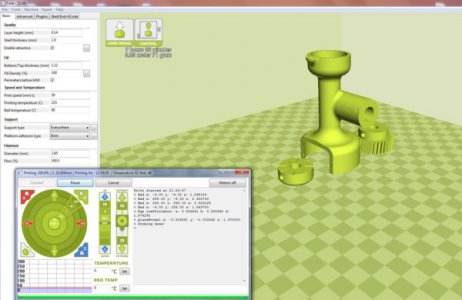
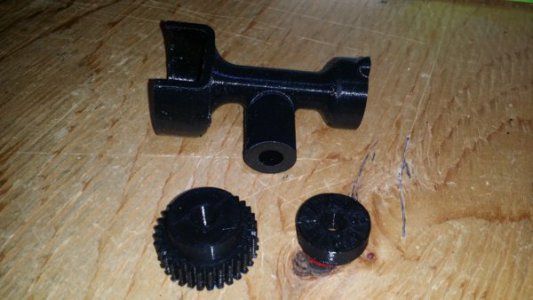
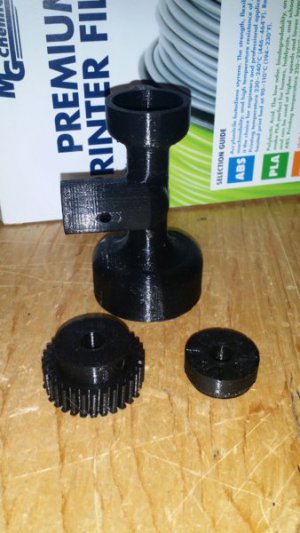
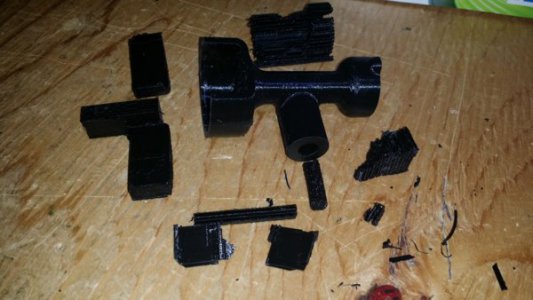
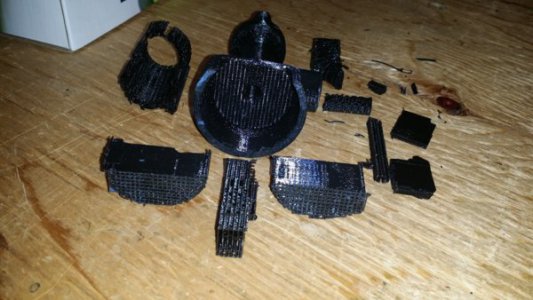
 I hope I can make my part of this collaboration work as well as your end Brino.
I hope I can make my part of this collaboration work as well as your end Brino.